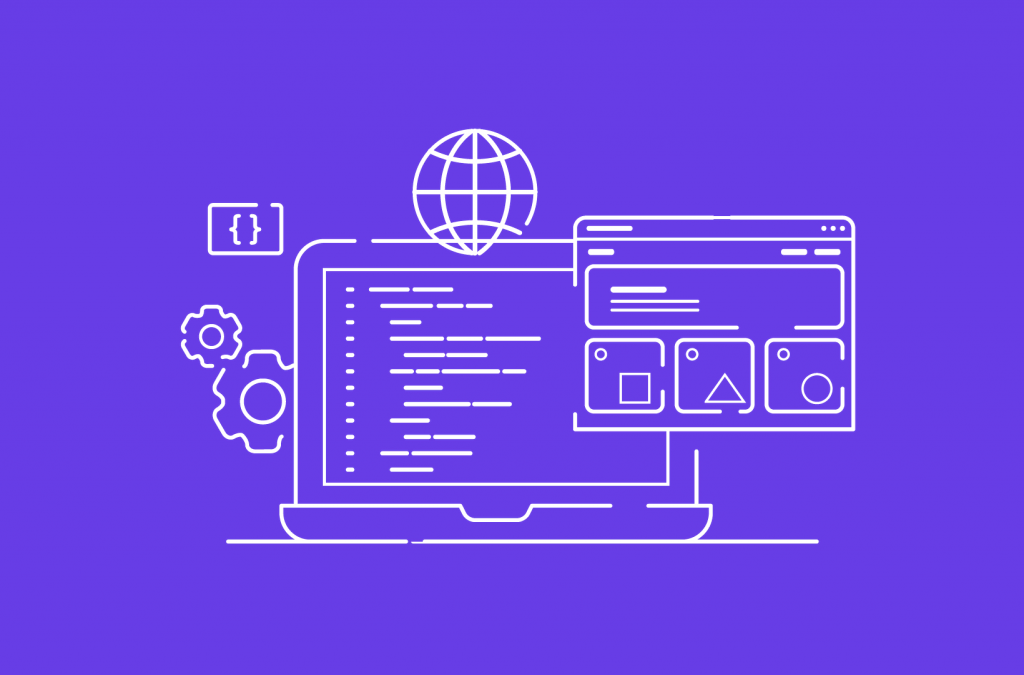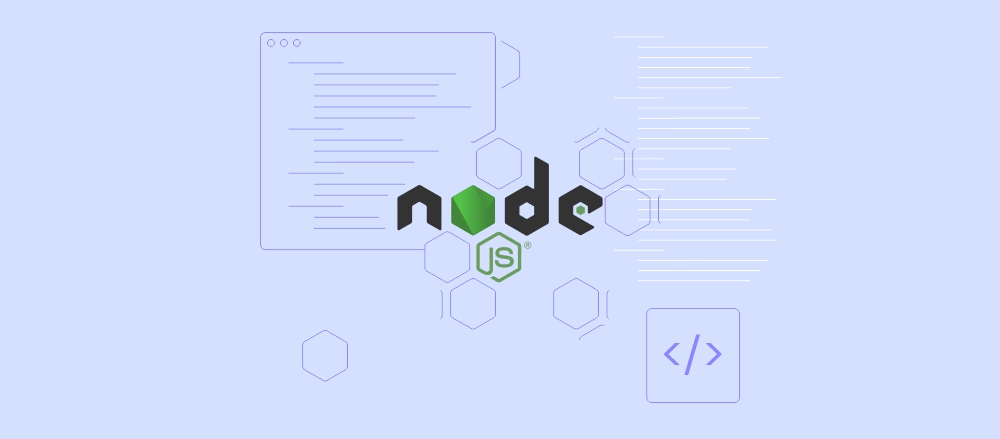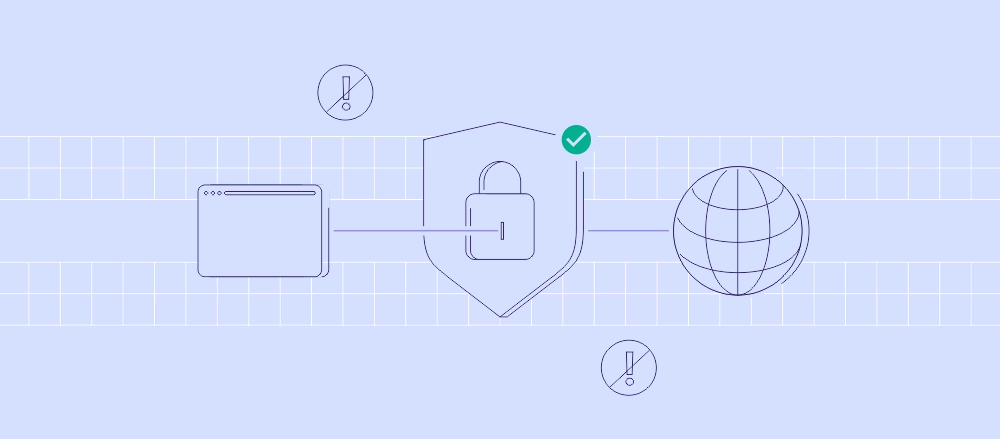Glossary
What Is Rendering: Two Types of Rendering, How It Works and Best Software
If you’re a web designer or a digital artist, you might be familiar with the concept of the rendering process. It is an essential step in digital...
What Is Gravatar? Adding and Customizing an Avatar for Your Website
When visiting a website and scrolling down to its comments section, you may notice that some people have an icon, logo, or picture next to their...
Java vs Python: Which Should You Learn?
As a beginner developer or programmer, deciding which programming language to learn first can be tough. It’s important to choose one that will be...
What Is a URL: Examples, Structure, and More
A URL (uniform resource locator) it’s a type of uniform resource identifier (URI) that provides a way to access information from remote...
Website Terminology: 160+ Web Jargons Explained (Tech, Design, Hosting, and More)
Whether you’re trying to build a personal website or considering a career as a web developer, you’ll likely encounter a lot of web-related jargon....
What Is Node.js: Common Use Cases and How to Install It
Node.js is a JavaScript runtime used to create scalable server-side and networking applications. It offers non-blocking input/output (I/O) operations...
What Is a VPN: How Does It Work and Should You Use It?
A virtual private network (VPN) encrypts your personal data and hides your real IP address on a public network. It is one of the most common solutions...
What Is NVMe: A Beginner’s Guide to the New Industry Standard in Storage
It’s currently the era of solid-state drives (SSD) as consumer mechanical hard disk drives (HDD) are becoming outdated. One of the significant...
What Is WebP? A Guide for Beginners
Many websites began to adopt a new image format called WebP. What is WebP, and why can it be more beneficial than alternative image formats? WebP is a...





